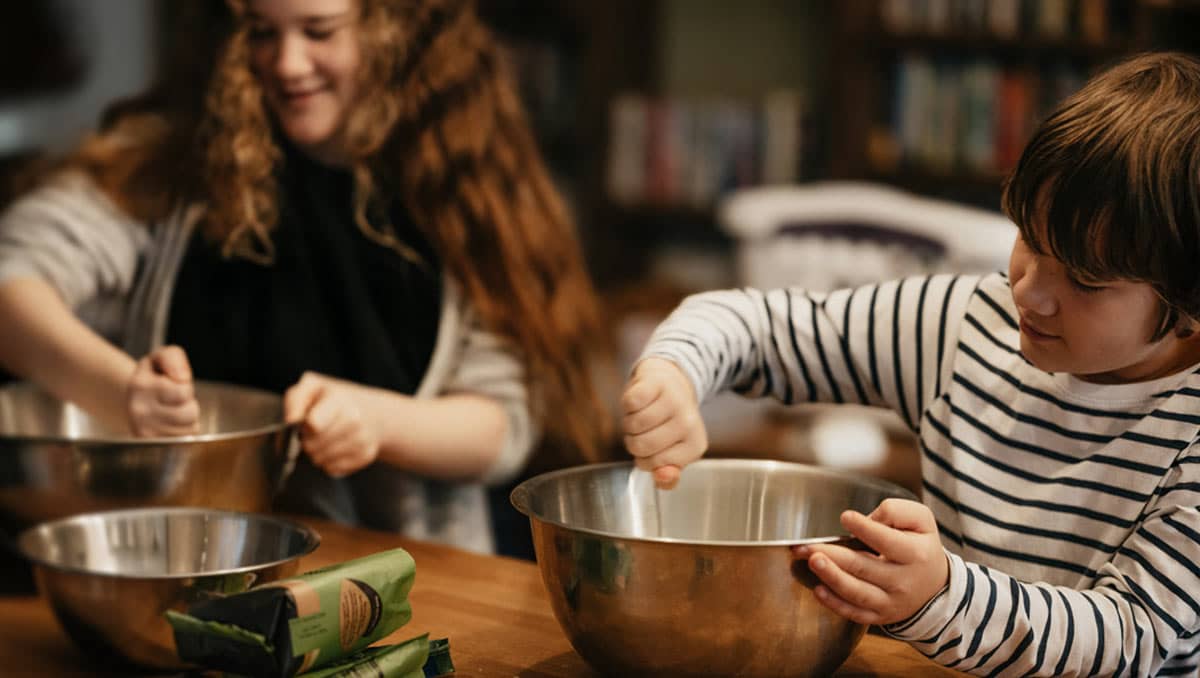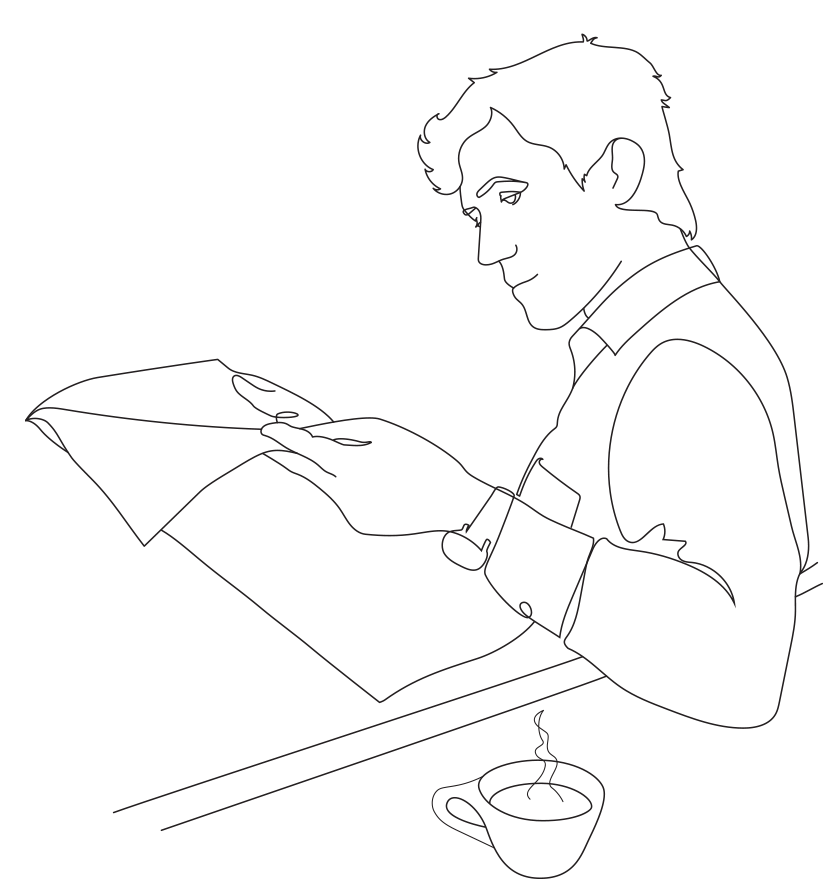
Eight Passover Traditions Everyone Should Try
An inside look at our Messianic Jewish family favorites.
So, naming your favorite Jewish holiday might be as easy as rattling off your date of birth. But choosing a favorite tradition from that holiday can take a little more thought!
Perhaps that’s because the traditions that accompany our holidays are as rich and interesting as the stories that started them.
Passover, which takes the prize as “favorite holiday” for many Jews,1 includes plenty of well-loved customs: eating the driest bread known to man, “whipping” your neighbor with scallions (don’t worry, we’ll explain), and getting children started on their acting careers early.
We’ve put together this list of eight fun things with your Messianic Jewish family in mind. Some of them are traditionally traditional and have been for a long time; some are part of our “insider” Jews for Jesus family culture, and one or two we may have made up on the spot! Adopting any of these can help make the holiday feel even more yours—and give you tangible ways to share it.
So grab your seder plate, your afikomen cover—and don’t forget the scallions!
1. Invite some friends over to share the story with them.
Passover is meant to be experienced in community! As the Haggadah says, “Let all who are hungry come and eat.”
Introducing non-Jewish friends to our traditions is a tradition in itself! And it’s a perfect opportunity to introduce non-Jewish friends to some of our customs and stories. Inclusion has always been a key component of Passover; a “mixed multitude” (Gentiles) came out of Egypt with the Israelites (Exodus 12:38).
So, send out some invites (and start cooking)!
2. Act out the Four Sons.
Will you play the part of the Wise Son, the Wicked Son, the Simple Son, or the Son who doesn’t even know how to ask questions? Read the story in your Haggadah before you decide! (And here is a quick explanation by My Jewish Learning.)
These four sons pave the way to re-share the Exodus story, and they can also make us think about the way we ask (and answer) questions. So, write a quick script based on their conversation. Then ask for four volunteers (especially any kids present) to spontaneously act out the characters as you narrate your script out loud.
3. Discuss possible Messianic symbolism of the afikomen.
The word “afikomen” may come from Greek afikomenos, meaning “I have come,” so the word itself may well be a Messianic reference! And many Messianic Jews find symbolism in the three matzot—one of which is broken, hidden, and found.
So, hide the afikomen under a pillow somewhere. Try not to think about all the crumbs that are happening in that tucked-away place. And ponder these questions instead:
- How does the afikomen tradition remind you of the story of Jesus?
- What could the three matzot be symbolic of?
- Can you think of a time when something important to you was hidden and then found?
4. Try a new recipe.
Charoset is fruit salad with a side of symbolism. The chopped apples remind us of the brick mortar that our ancestors crafted for Pharaoh. Another good side effect: it’s an appetizing thing to put on your table (and it’s an item that kids will enjoy making as much as they enjoy eating).
Ingredients:
- 4 red apples, unpeeled, chopped
- ½ cup chopped walnuts
- ½ cup raisins
- 1 tbsp lemon juice
- ½ tsp cinnamon
Mix and serve! That’s it.
5. Entertain the children with arts and crafts.
You’ve probably already played the Here, watch The Prince of Egypt card to keep the kids from tearing up the house while you’re cooking. So, why not try the age-old tradition of entertaining kids with an arts and crafts challenge? Here are some ideas:
- Older children can draw/write a map/timeline of the events that brought Israel into the desert.
- Challenge the kids to see who can create the most creative picture of Israel passing through the sea.
- Download our Jewish Holiday coloring pages.
6. Scallions, anyone?
In some Sephardic Jewish traditions, scallions (green onions) are used to represent Pharaoh’s whips, and people use the scallions to gently whip the person on their right. (Notice our key word here: “gently!” It’s more like a tap.)
What may seem somewhat ironic is that this ritual is often performed while singing “Dayenu.” One Sephardic rabbi explains it this way: “Dayenu is the song of miracles, so the whipping reminds us that it was a miracle that we were freed from the lash of oppression.”2
7. End the night with storytime.
The night before Jesus was betrayed, he celebrated Passover with his disciples. In fact, he gave his students instructions on preparing the meal, which was complete with wine, unleavened bread, and lamb.
And there is something special about reading the account while you’re seated at your own seder table. You can find it in all four of the gospels; for one example, go to Matthew 26:17–30.
And if you have little ones in the home, we have an illustrated read-aloud just for them. Passover Next Door tells the story of a Messianic seder through a child’s eyes.
8. Remember redemption.
The first Passover marked the birth of Israel as a nation. It was the moment when we came out of slavery in Egypt. And it’s the beginning of a story we’re still hoping in: that God himself provides redemption. No wonder so many traditions have been built up around it—to make sure we never forget.
So, as you’re having fun with old and new customs, you can engage in thoughtful reflection too. Chag Pesach Sameach (Happy Passover)!
Reflection questions: Ponder these on your own or with a friend while prepping ahead of your seder or during any of the days of Passover.
- Ancient Israel went from being slaves to Pharaoh to becoming servants of God. How can that part of the story hold meaning for us today?
- The elements on the seder plate are meant to invoke memory. Which element stands out to you the most?
- What do you think of when you hear the word “redemption?”
Endnotes
1. Lauren Markoe, “Passover, most beloved Jewish holiday, explained,” USA Today, April 22, 2016.
2. “Sephardic Passover Traditions,” Rabbi Barbara, March 2, 2021.


